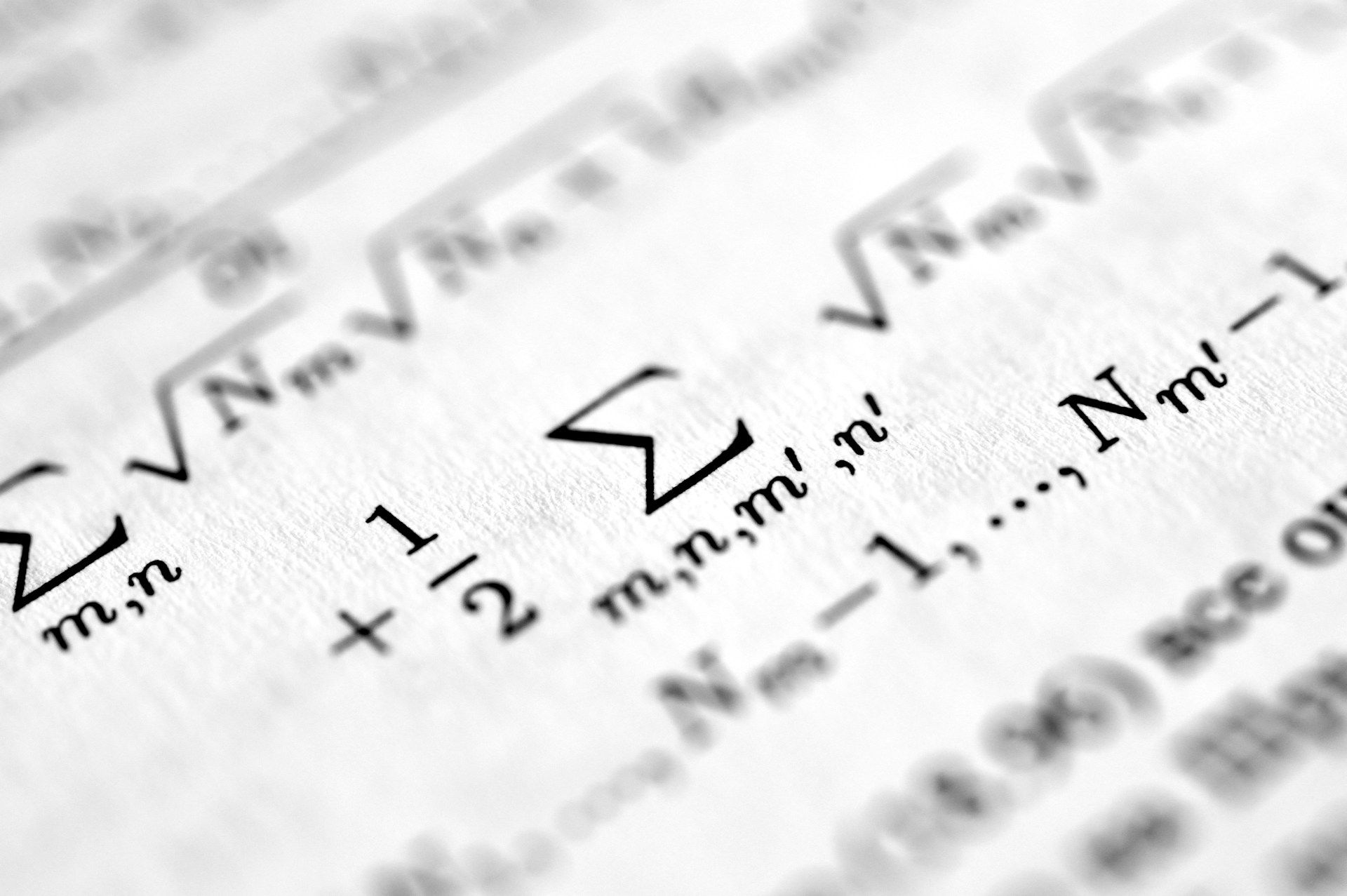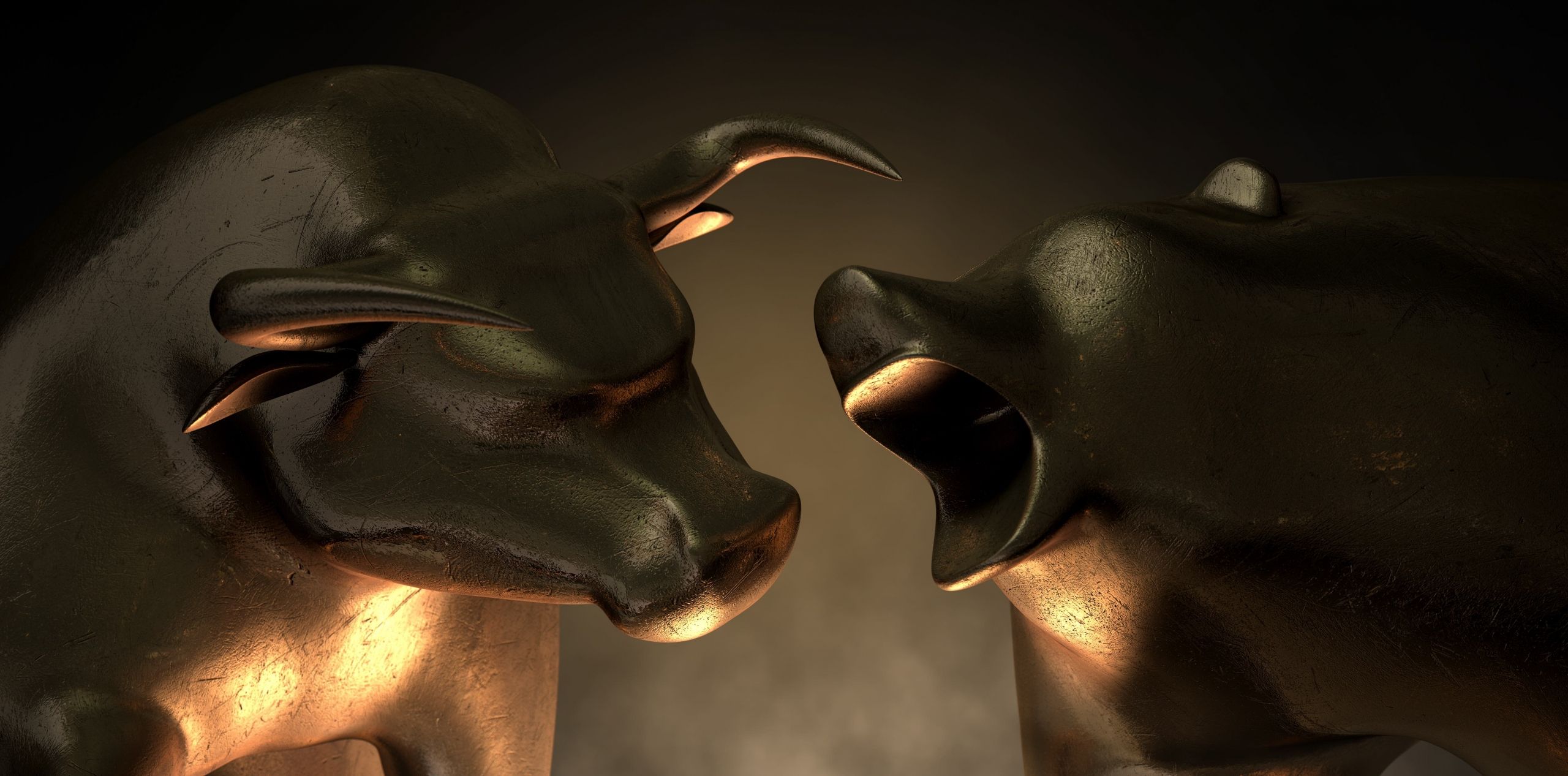Bitcoin’s Potential Quantum Overhaul: An Insight into QRAMP
Bitcoin may be on the brink of a significant transformation with the introduction of a new proposal that could reshape its cryptographic foundations. A draft Bitcoin Improvement Proposal (BIP) known as Quantum-Resistant Address Migration Protocol (QRAMP) has been put forth by developer Agustin Cruz. This proposal aims to facilitate a comprehensive migration of Bitcoin (BTC) from legacy wallets to those fortified with post-quantum cryptography.
Quantum computing represents a revolutionary shift in computational capabilities, moving beyond the traditional binary system of ones and zeros. It leverages Quantum bits (qubits) that can exist in multiple states simultaneously, significantly increasing processing power. This advancement poses a potential threat to the encryption methods currently employed in modern computing, which rely on classical systems.
The QRAMP proposal suggests that once a specified block height is reached, nodes running the updated software will reject any transactions attempting to utilize addresses secured by the Elliptic Curve Digital Signature Algorithm (ECDSA). This move is crucial as ECDSA could become susceptible to quantum attacks in the future.
A Hard Fork Debate
At present, Bitcoin utilizes various algorithms, including SHA-256 for mining and ECDSA for signatures. According to Cruz, legacy addresses that have not conducted transactions are somewhat shielded by additional protective layers. However, addresses that have revealed their public keys—necessary for transaction execution—may find themselves exposed if sufficiently powerful quantum computers emerge in the future.
Implementing this upgrade would necessitate a hard fork of the Bitcoin network, a prospect that could face significant resistance from the community. A hard fork involves a substantial change to the blockchain protocol that renders older versions incompatible. One Reddit user expressed skepticism about the proposal, stating, “I admire the effort but this will still leave everyone who doesn’t migrate’s coins vulnerable, including Satoshi’s coins. Bitcoin could implement post-quantum security for all coins, but that would need a hard fork, which, due to Bitcoin’s history and the maxis’ mantra, would create a new coin that isn’t Bitcoin anymore.”
Preventive Measures for the Future
The QRAMP proposal outlines a migration deadline, after which untransferred funds would be locked unless moved to a more secure wallet. Importantly, this initiative is not a reaction to any immediate breakthroughs in quantum computing; rather, it serves as a preventive strategy. This comes in the wake of Microsoft’s recent unveiling of Majorana 1, a quantum processing unit capable of scaling to a million qubits per chip.
During the migration phase, users will retain the ability to transfer their funds without restriction. The BIP advocates for wallet developers, block explorers, and other critical infrastructure to create tools and alerts to aid users in this transition. Post-deadline, nodes that do not upgrade may fork from the network if they continue to process legacy transactions.
This is not the first time measures have been proposed to safeguard Bitcoin against quantum computing threats. A recent initiative by BTQ, a startup focused on developing blockchain technology resistant to quantum attacks, has suggested an alternative to the current Proof of Work (PoW) algorithm. Their research introduces a method known as Coarse-Grained Boson Sampling (CGBS), which utilizes light particles (bosons) to generate unique patterns that represent the blockchain’s current state, moving away from traditional hash-based mathematical puzzles.
However, like the QRAMP proposal, this alternative would also necessitate a hard fork, requiring miners and nodes to transition from existing ASIC-based hardware to quantum-ready infrastructure.







